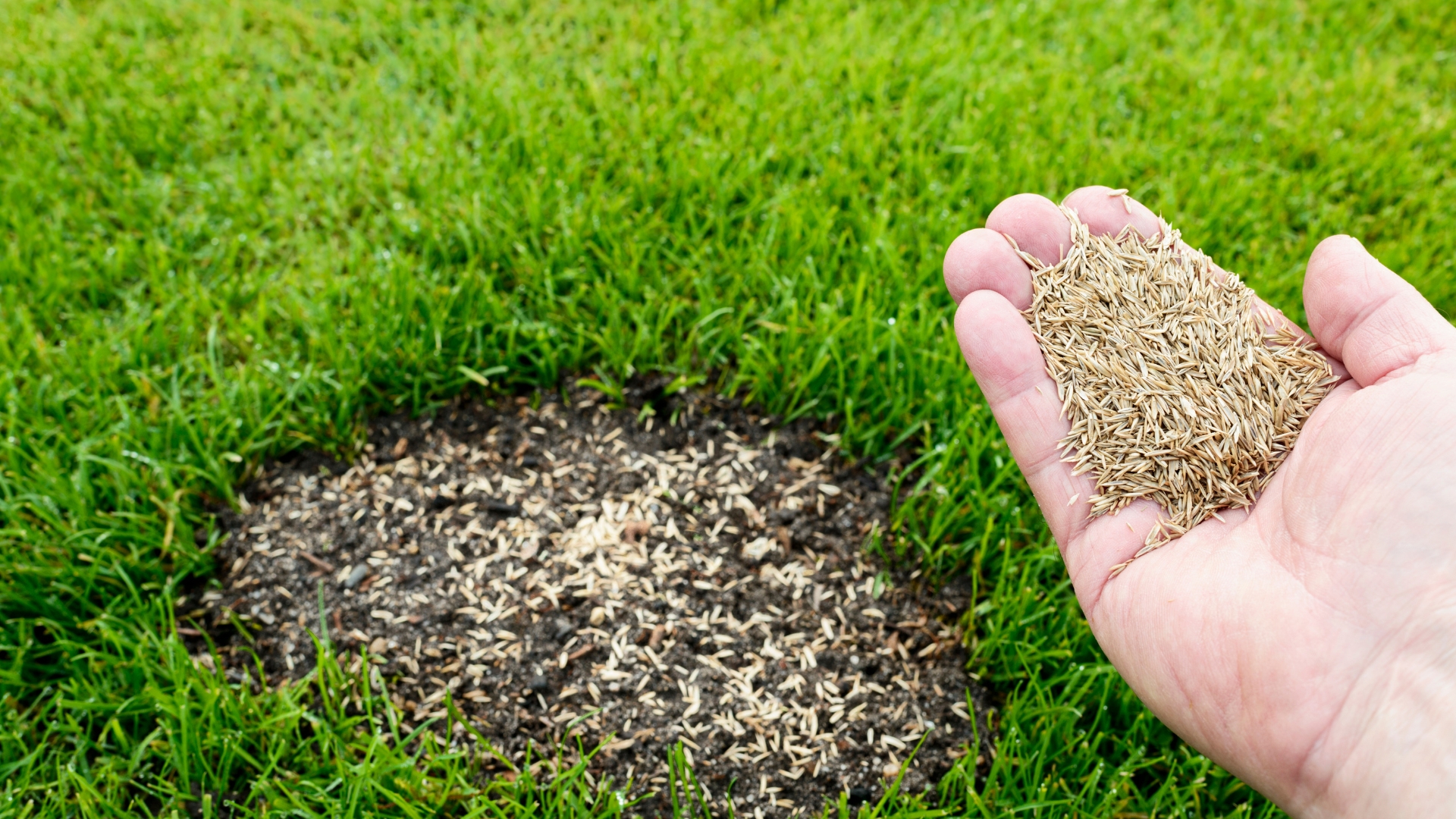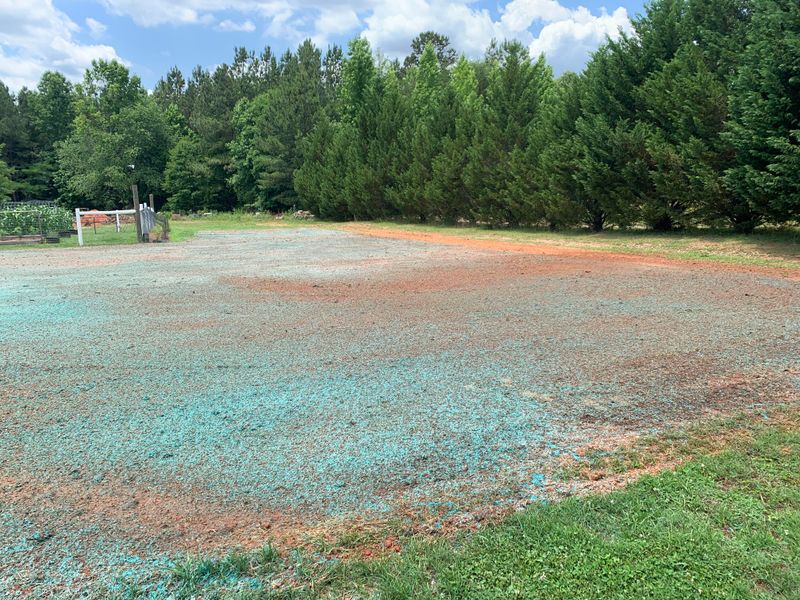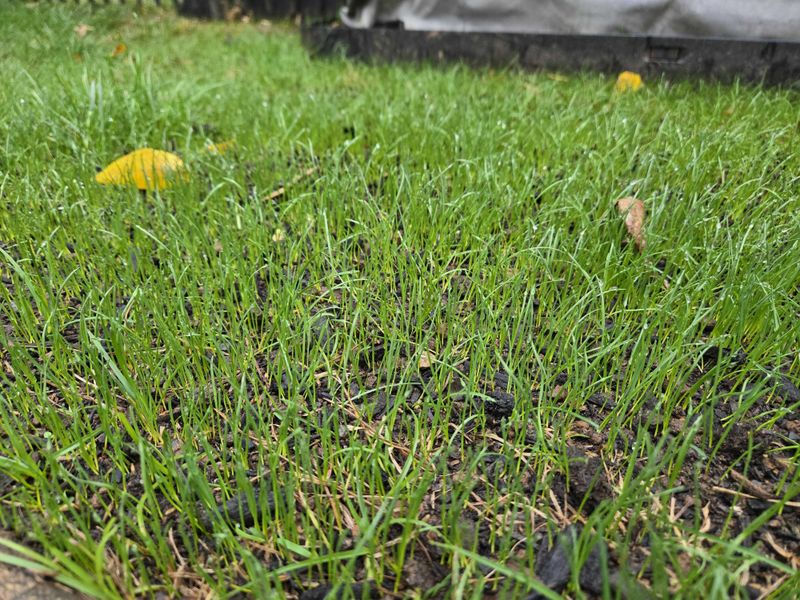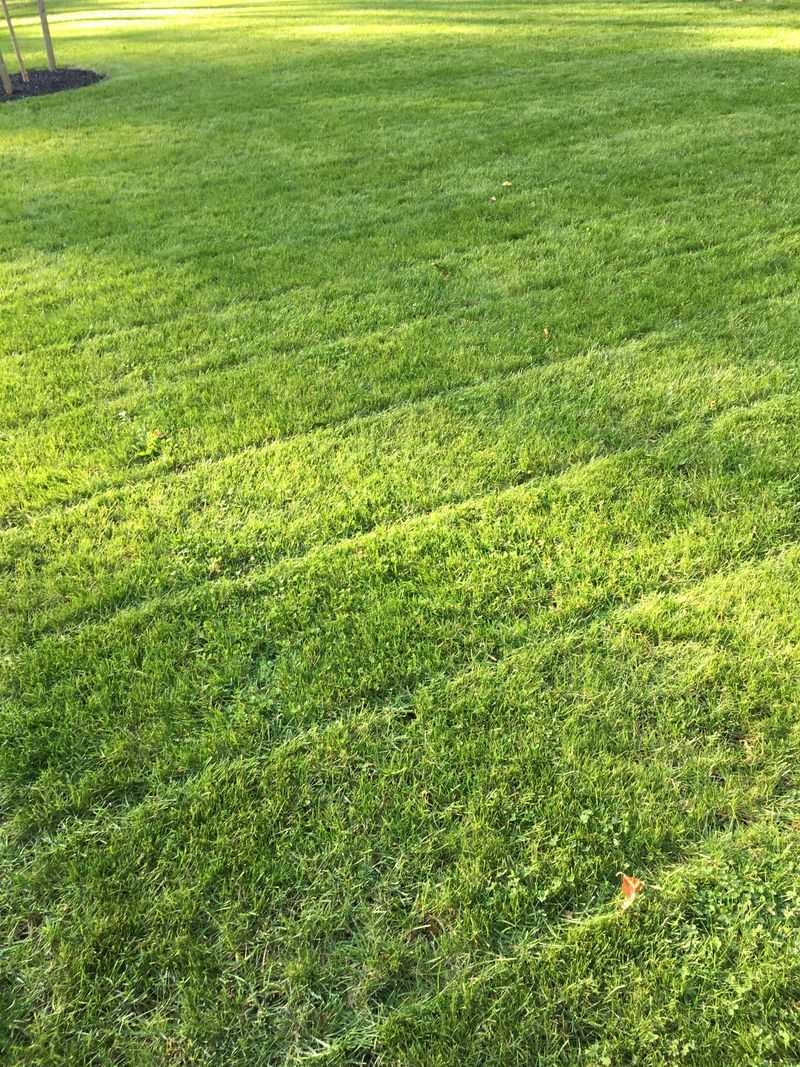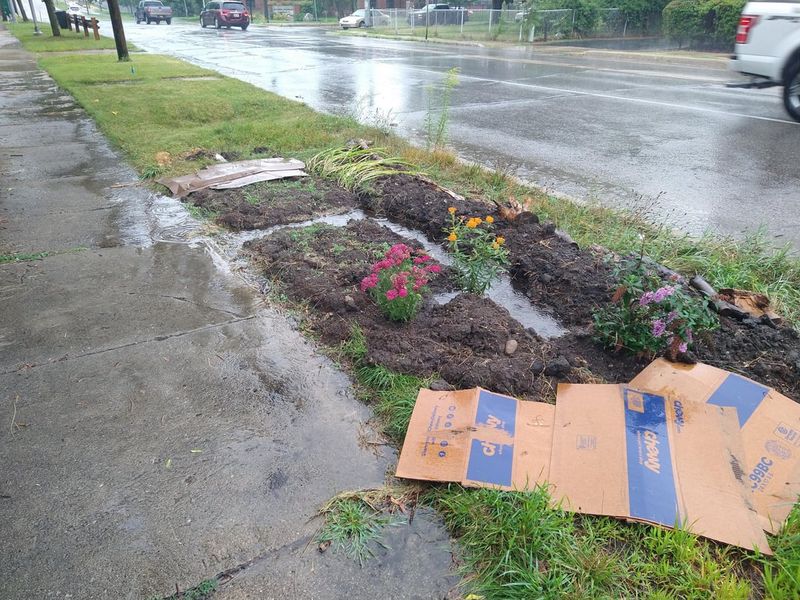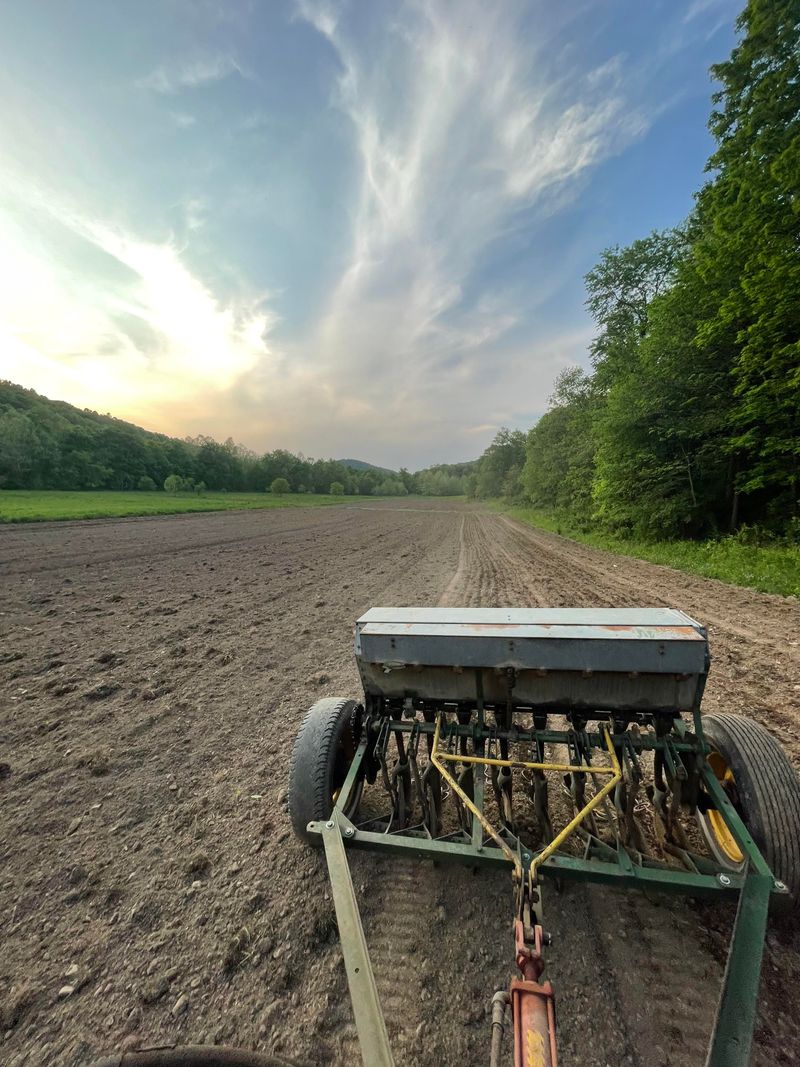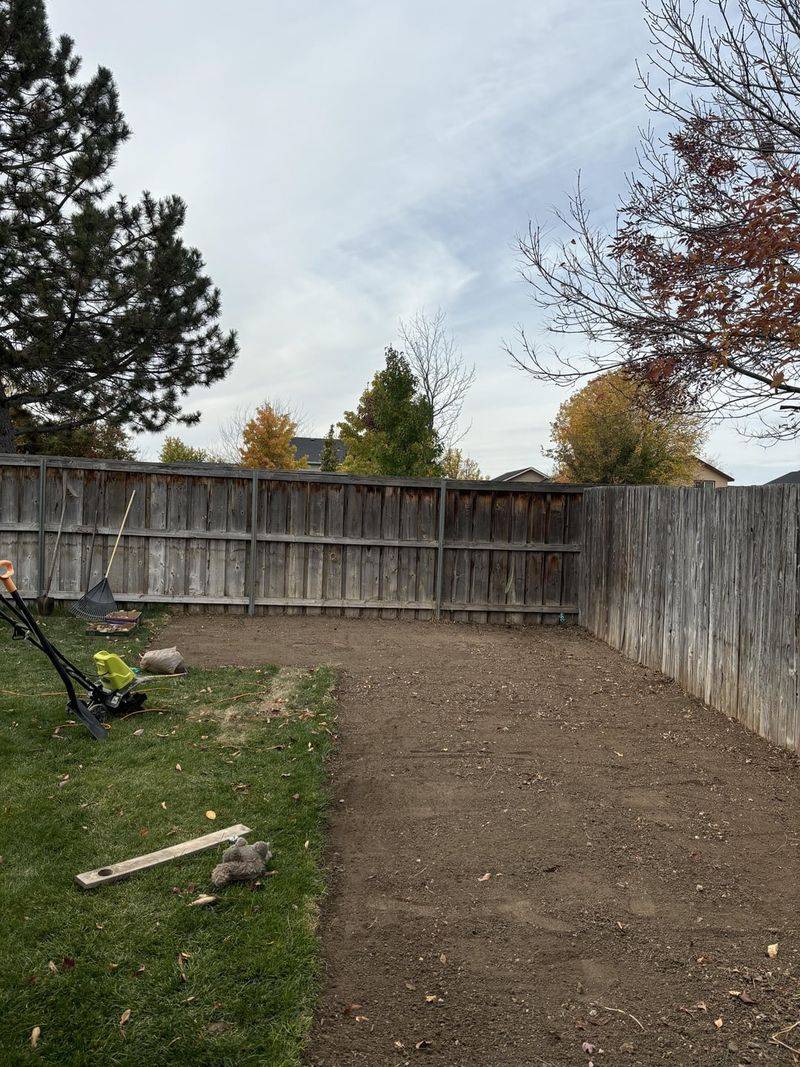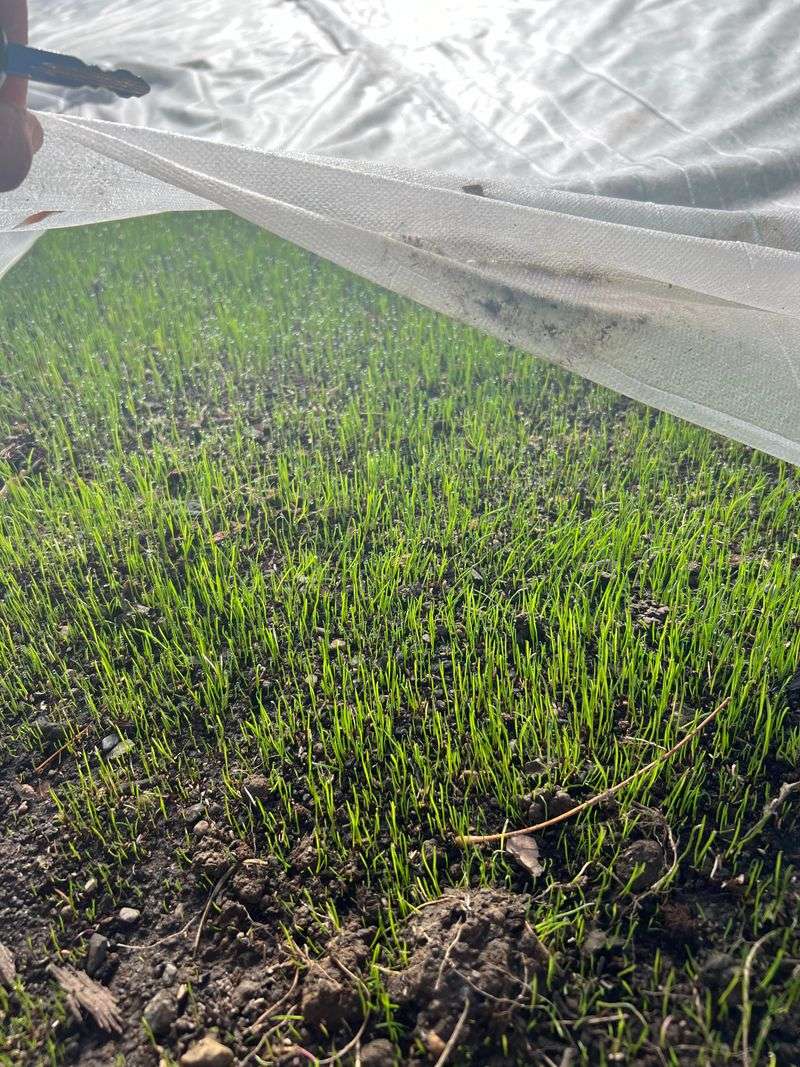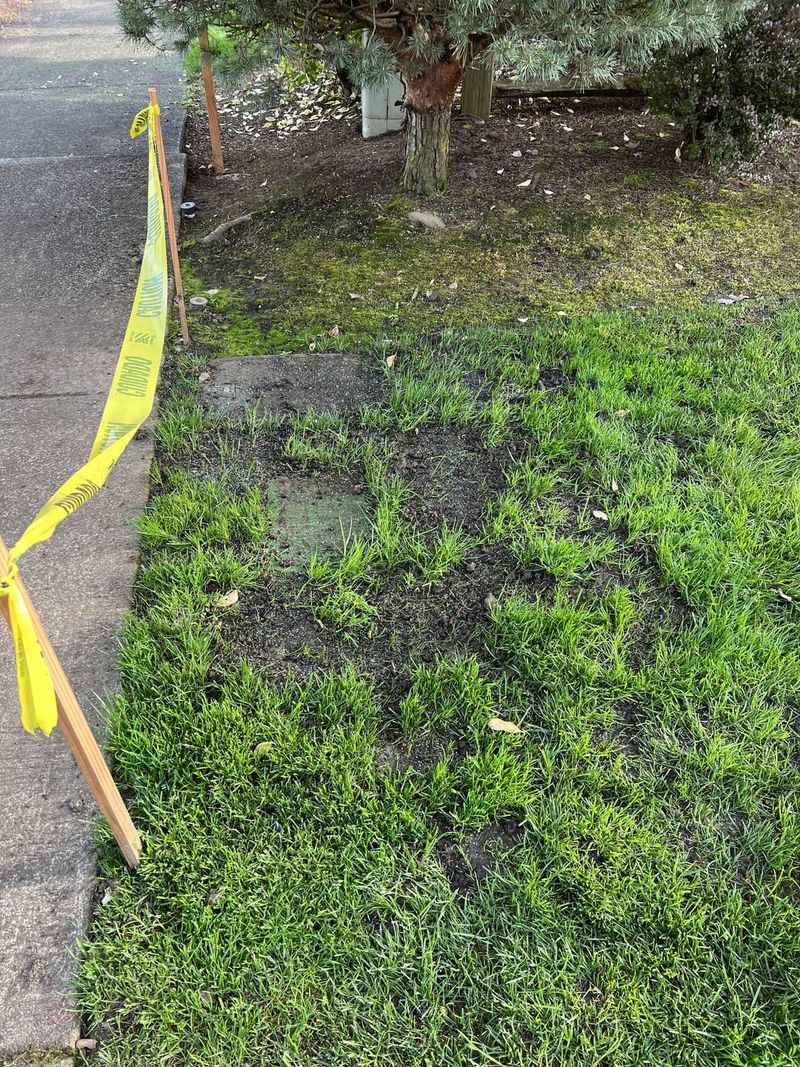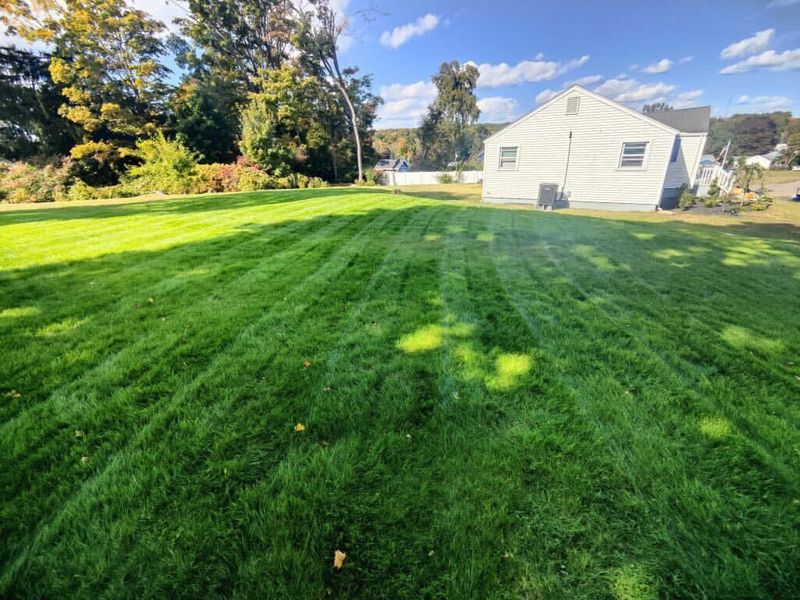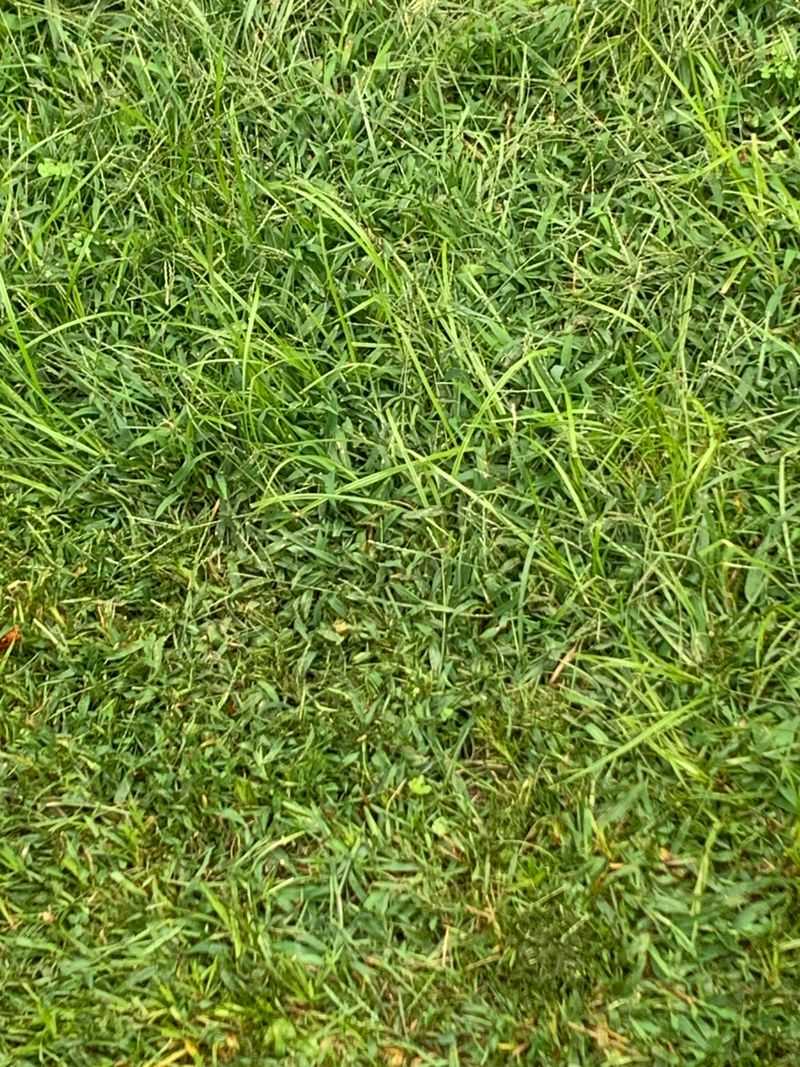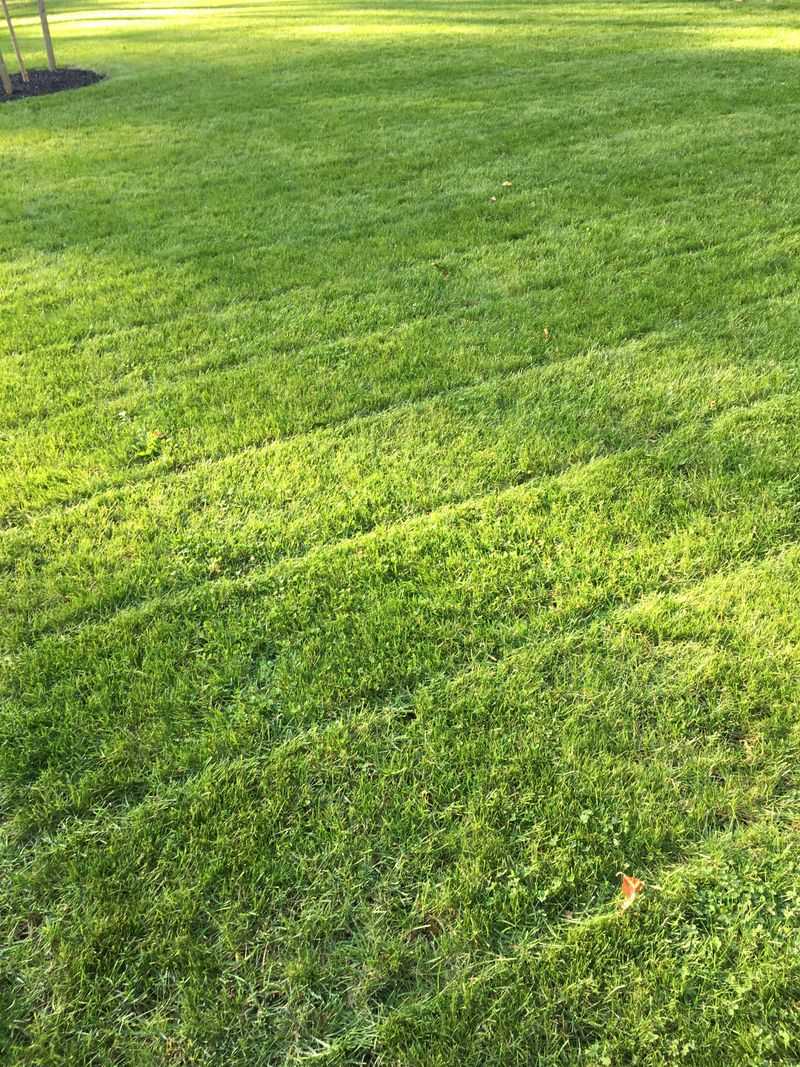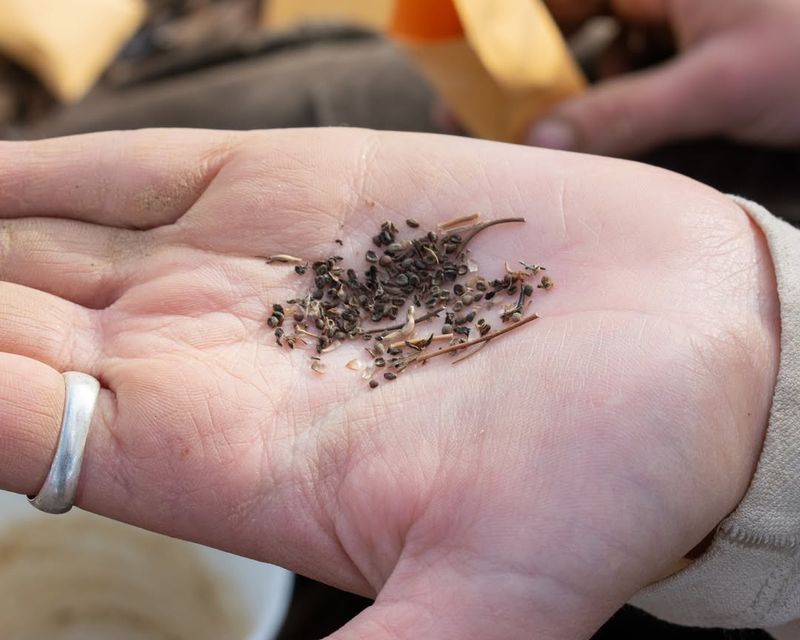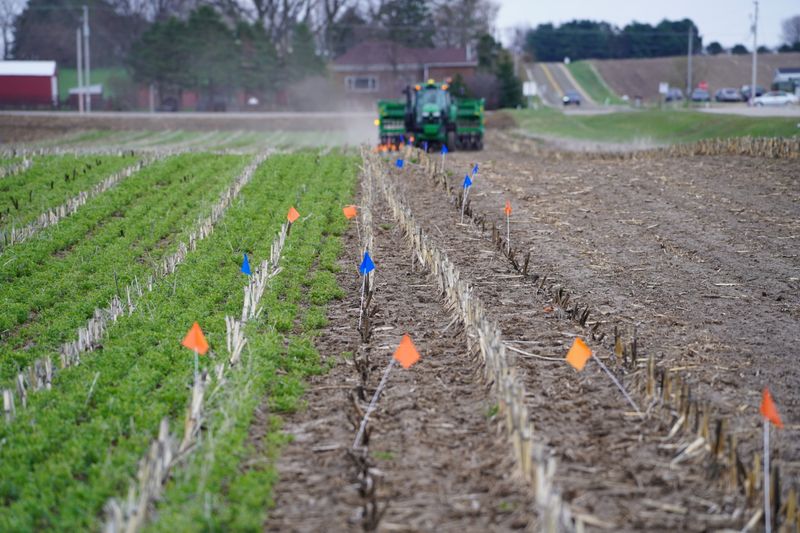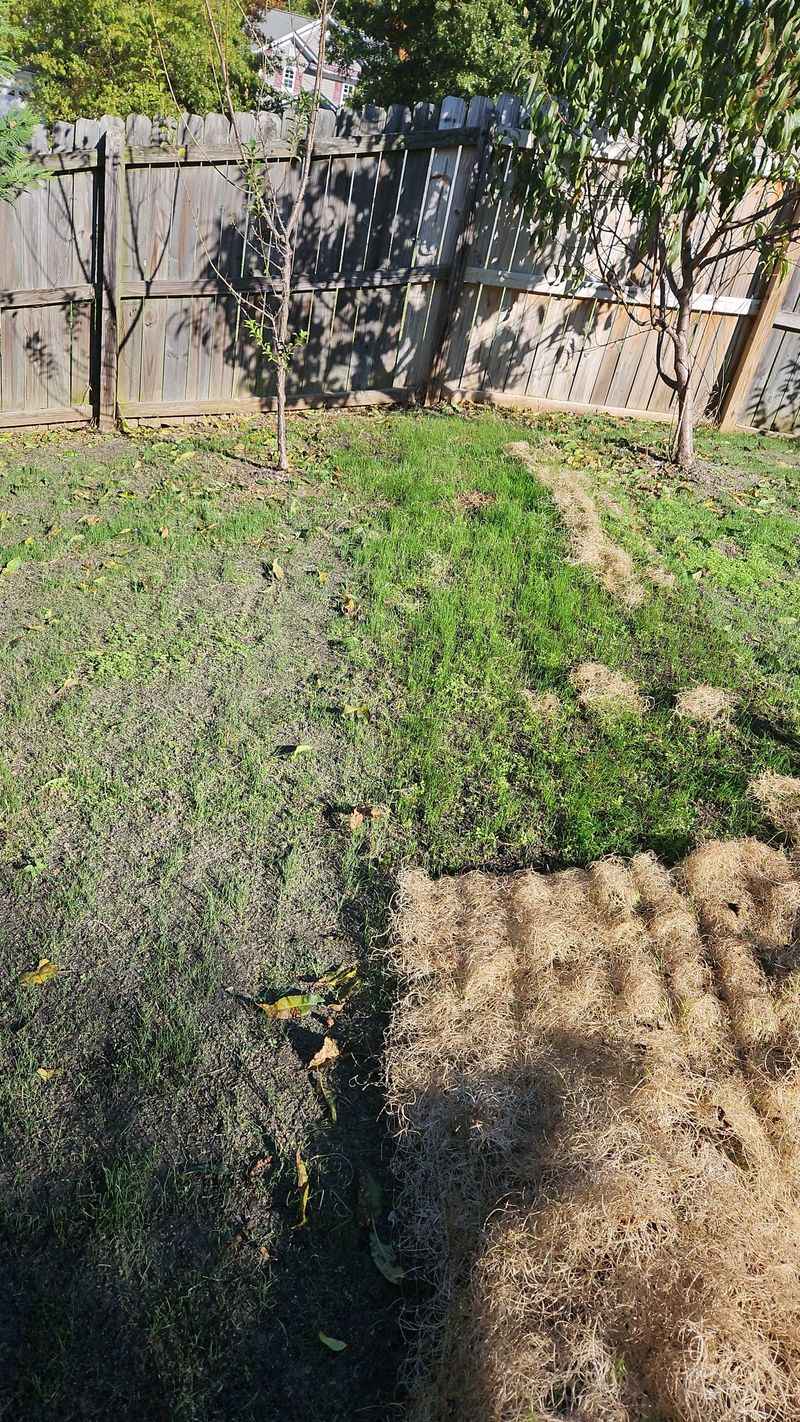I know the feeling—you step outside, look at your lawn, and wish it were greener, thicker, and just… better. Trust me, you’re not alone! I’ve been there too, wondering why some yards look effortlessly lush while mine struggled to keep up. The truth is, a beautiful lawn isn’t just about watering and mowing—it all starts with the right seeding technique.
The days of tossing seeds around and crossing your fingers are GONE. With these 14 game-changing methods, you can finally take control and grow the kind of lawn that makes neighbors stop and stare. Whether you’re a seasoned gardener or just figuring things out, there’s a method here that’ll work for you.
So, are you ready to give your lawn the ultimate glow-up?
1. Hydroseeding
Imagine painting your lawn green with precision. Hydroseeding is a technique that sprays a slurry of seeds, water, and mulch onto the ground. This method ensures even distribution and quick germination. Its efficiency makes it ideal for large areas or uneven terrains. Use it to cover bald patches or new landscapes. One tip: keep the soil moist to help seeds settle and grow. Another tip: avoid foot traffic on the treated area to protect the new growth.
2. Overseeding
Revitalize your tired lawn with overseeding. This method introduces new grass seeds to existing turf, filling in gaps and enhancing thickness. It’s perfect for lawns that struggle with thinning and bare spots. For best results, mow your lawn short and remove debris before seeding. Water daily until the new grass is well-established. This technique breathes fresh life into old lawns, making them lush and green again.
3. Slit Seeding
Precision is key with slit seeding. This technique uses a machine to cut slits into the soil and place seeds directly in them. It’s fantastic for improving seed-to-soil contact, which boosts germination rates. Ideal for compacted soil, it helps seeds take root by reducing competition with weeds. After seeding, water regularly and lightly to keep the soil moist. This method creates a seamless lawn with uniform growth.
4. Broadcast Seeding
Sometimes simplicity wins. Broadcast seeding involves scattering seeds across the lawn using a spreader. It’s quick and efficient for large areas and works well with various seed types. For optimal results, rake the soil lightly after spreading seeds to encourage contact. Keep the area consistently moist as seeds germinate. This age-old method remains a favorite for its straightforward approach and effectiveness.
5. Drill Seeding
For those seeking perfection, drill seeding is the answer. This technique uses a machine to plant seeds at precise depths in rows. It’s highly effective for large fields or agricultural purposes. The method ensures each seed has the best chance to sprout. After seeding, monitor soil moisture levels closely. Consider using a roller to ensure good seed-to-soil contact. Drill seeding delivers uniformity and high germination rates.
6. Dormant Seeding
Seeding in the off-season? Absolutely. Dormant seeding happens when the ground is too cold for germination, allowing seeds to sprout first thing in spring. It’s a perfect strategy for regions with harsh winters. Ensure the soil is well-prepared before freezing temperatures set in. Once spring arrives, be patient and allow nature to take its course. This technique gives your lawn a head start for the growing season.
7. Frost Seeding
Take advantage of nature’s freeze-thaw cycle with frost seeding. This method involves spreading seeds on frosty soil, allowing them to settle into the ground as it thaws. It’s particularly useful for pastures and meadows. Be sure to choose seeds suited for your climate. Keep an eye on weather patterns to time your seeding perfectly. Frost seeding offers a low-cost, natural way to improve your lawn.
8. Spot Seeding
Got patches? Spot seeding is your solution. Target small, bare spots with this method by applying seeds directly onto the area. It’s a simple fix for isolated problem areas in your yard. Start by loosening the soil and removing any debris. Cover seeds with a thin layer of soil and keep them moist. Within weeks, you’ll see those patches transform into lush greenery.
9. Power Seeding
Unleash the power of technology with power seeding. This technique uses a specialized machine to aerate the soil and plant seeds simultaneously. It’s perfect for compacted lawns needing revitalization. The aeration process increases air and water movement, boosting seed germination. After seeding, maintain soil moisture for best results. Power seeding combines efficiency with effectiveness, ensuring a robust lawn.
10. Aeration Seeding
Breathe new life into your lawn with aeration seeding. This technique involves perforating the soil to allow air, water, and nutrients to penetrate deep. It’s especially beneficial for compacted or clay-heavy soils. Follow up with seeding to ensure seeds have the best environment to grow. Water deeply but less frequently to encourage root development. Aeration seeding leads to a resilient and thriving lawn.
11. Slice Seeding
Cut through the competition with slice seeding. This technique utilizes a machine that slices through the grass, planting seeds directly into the soil. It’s great for renovating lawns or dealing with heavy thatch. Ensure the soil remains moist for optimal germination. Slice seeding provides excellent seed-to-soil contact, resulting in even and healthy grass growth.
12. Hand Seeding
Embrace the simplicity of hand seeding. This traditional method involves manually scattering seeds over prepared soil. It’s perfect for small gardens or hard-to-reach areas. Rake the seeds lightly into the soil and water gently. Use a seed mix suited for your climate to ensure success. Hand seeding allows for personal touch and control, making it a favorite for small-scale projects.
13. Hydraulic Seeding
Level up with hydraulic seeding. This technique combines seeds, mulch, and fertilizer in a slurry sprayed over the ground. It’s ideal for erosion control on slopes or large commercial areas. The mulch retains moisture, helping seeds germinate quickly. After application, avoid disturbing the area to allow seeds to establish. Hydraulic seeding delivers fast, uniform results, making it a top choice for challenging landscapes.
14. Seed Blanket Seeding
Wrap your lawn with care using seed blanket seeding. This approach uses a biodegradable blanket to cover seeds, protecting them from birds and erosion. It’s perfect for windy or sloped terrains.
Before laying the blanket, prepare the soil and spread seeds evenly. Water regularly to aid germination. Seed blanket seeding offers a protective environment, ensuring your lawn grows thick and healthy.

